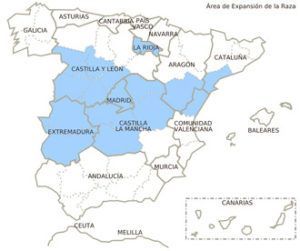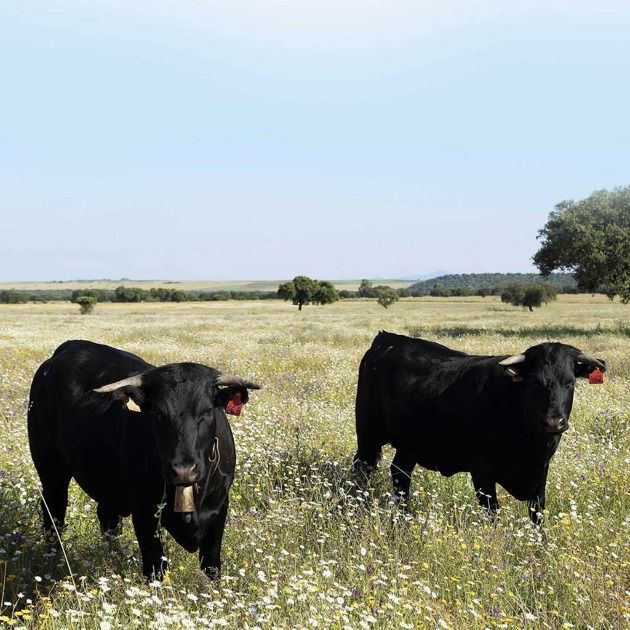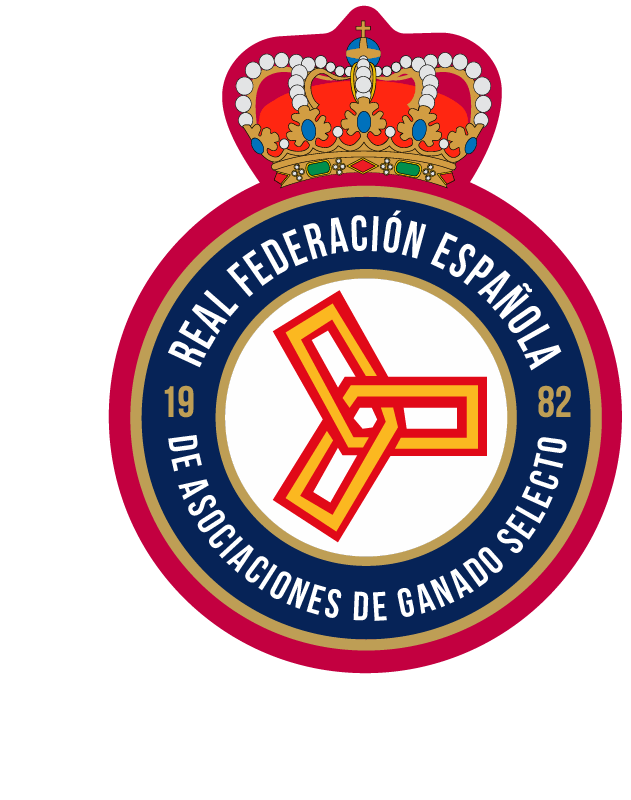

GENERAL CHARACTERISTICS
Uniform black coat, with black nose or with a white border and black mucous membranes. Slate-black or white horns with black tips, artificial dehorning permitted. Slate-coloured or black hooves.
Sexual organs with developed testicles, udder of regular shape, well-proportioned and smooth skin, symmetrical teats. Black scrotum.
Head with broad, slightly concave forehead, straight and elongated profile in females, broad muzzle.
Strong, short, well-muscled and powerful neck in males and slender and slender in females. Upper edge straight in females and convex in males, dewlap reduced and discontinuous.
Withers broad and well united with the neck and trunk. Back long and broad, well-muscled and well upright. Back with horizontal dorsal lumbar line. Straight, broad, and well-muscled loins.
Robust and well-proportioned limbs. Correct conformation, allowing a light and loose gait.
Average adult weight for females 500 to 600 kg and 800 to 1,000 kg for males.
PRODUCTION CHARACTERISTICS AND EXPLOITATION SYSTEMS
Extensive farming system. Transhumance is still practised today to take advantage of the mountain pastures and meadows. Part of the movements are carried out on foot along the cattle tracks. Livestock density is between 0.2 and 0.4 LU/ha.
Reproductive aspects include high fertility, with an average of 90%, good maternal aptitude and the absence of dystocic calving. Natural mating is practised, and the ratio is 35-40 cows per stallion.
The economic activity is destined to the sale of breeders and stallions, and the rest to the production of meat, the types of which are veal and bearling. In this sense, the growth figures are 1.5 kg/day and carcass yield of 57%.
Carne de Avileño was the first fresh meat Denomination approved in Spain, later called IGP Carne de Ávila, with animals of the Avileña-Negra Ibérica breed and, since 1996, has the support of the European Union.
GEOGRAPHICAL DISTRIBUTION
It is a breed widely distributed throughout the Iberian Peninsula; animals can be found in Castilla – Leon, Extremadura, Madrid, Castilla-La Mancha, La Rioja, Aragón, Andalusia, Valencia, up to a total of 18 provinces. Generally, in mountain areas and meadows.

INFORMATION
 Tell us about your characteristics and needs so that we can offer you the solution that best suits your context. Contact us if you have any clarifications or suggestions for products or services that you need.
Tell us about your characteristics and needs so that we can offer you the solution that best suits your context. Contact us if you have any clarifications or suggestions for products or services that you need.
Presupuesto total: 543.404,60 euros. Cofinanciado UE al 80% por el Fondo Europeo Agrícola de Desarrollo Rural- FEADER y al 20% por el MAPA. La Dirección General de Desarrollo Rural, Innovación y Formación Agroalimetnaria (DGDRIFA) es la autoridad de gestión encargada de la aplicación de la ayuda FEADER y nacional correspondiente.
https://ec.europa.eu/info/eu-
Creación de una base y estructura de comercialización e internacionalización de material genético de razas puras españolas mediante análisis de la situación actual y elaboración de plan estratégico para la exportación. El objetivo es desarrollar un análisis estratégico de la internacionalización y desarrollo de estructura y protocolos de comercialización del material genético según demanda y requisitos de países objetivos para las razas participantes del proyecto y para el conjunto de la cabaña ganadera España. Organismo responsable de contenido: miembros del GO EXPORTGEN.
 Tell us about your characteristics and needs so that we can offer you the solution that best suits your context. Contact us if you have any clarifications or suggestions for products or services that you need.
Tell us about your characteristics and needs so that we can offer you the solution that best suits your context. Contact us if you have any clarifications or suggestions for products or services that you need.
Presupuesto total: 543.404,60 euros. Cofinanciado UE al 80% por el Fondo Europeo Agrícola de Desarrollo Rural- FEADER y al 20% por el MAPA. La Dirección General de Desarrollo Rural, Innovación y Formación Agroalimetnaria (DGDRIFA) es la autoridad de gestión encargada de la aplicación de la ayuda FEADER y nacional correspondiente.
https://ec.europa.eu/info/eu-
Creación de una base y estructura de comercialización e internacionalización de material genético de razas puras españolas mediante análisis de la situación actual y elaboración de plan estratégico para la exportación. El objetivo es desarrollar un análisis estratégico de la internacionalización y desarrollo de estructura y protocolos de comercialización del material genético según demanda y requisitos de países objetivos para las razas participantes del proyecto y para el conjunto de la cabaña ganadera España. Organismo responsable de contenido: miembros del GO EXPORTGEN.













